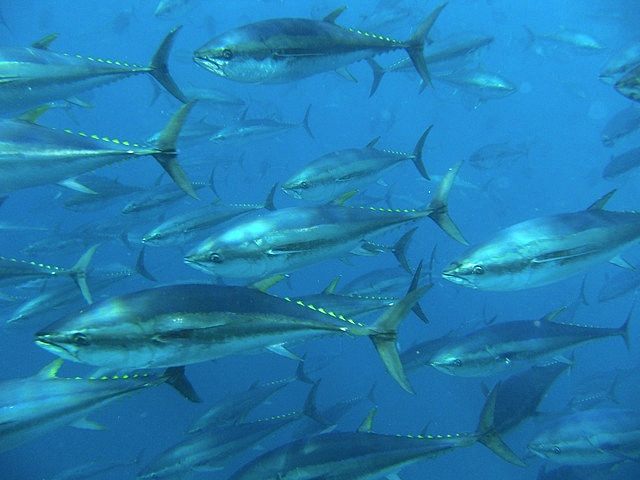Many people stopped eating tuna salad sandwiches after learning the fish were accumulating too much mercury—but new data might bring a smile back to lunchtime tuna lovers.
According to the nonprofit American Chemical Society, which was chartered by the U.S. Congress, tuna consumption contributed the largest share of mercury in U.S. consumers, more than any other source.
But recently, as U.S. federal regulations have cut down on mercury emissions from industrial smokestacks, research shows mercury concentrations in some fish are also dropping. One report showed drastically lower toxins in bluefish caught off the Atlantic coast. The latest study, published in Environmental Science & Technology, reports that this is the case for larger fish at the top of the ocean food chain, including the prized Atlantic bluefin tuna.
MORE: Manatee Population Has Rebounded 500 Percent, No Longer Endangered
Tests for mercury content showed that over an eight-year period, the concentration in the fish dropped rapidly— an average of 19 percent.
Although mercury emissions globally continue to rise, due largely to increases in coal burning in Asia, emissions in North America between 1990 and 2007 went down 2.8 percent per year, according to published studies in 2010 and 2013. Over a similar period, mercury in north Atlantic waters dropped 4.3 percent annually. And between 2001 and 2009, mercury in the air above the north Atlantic declined by 20 percent, or about 2.5 percent per year.
(Source: American Chemical Society)
There’s Nothing Fishy Here: Click To Share – Photo by Tom Puchner, CC




















